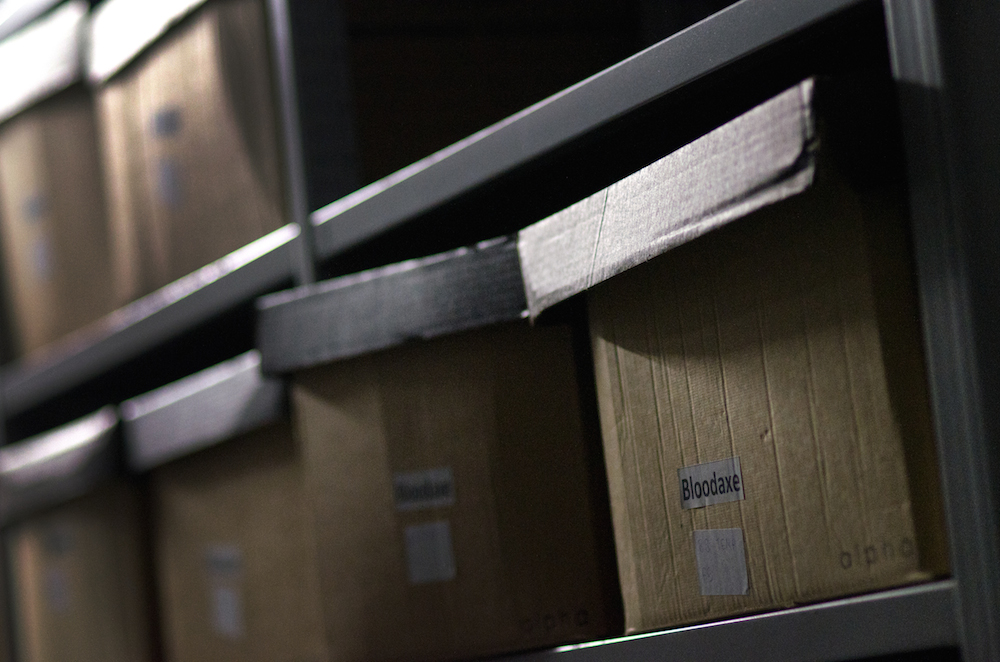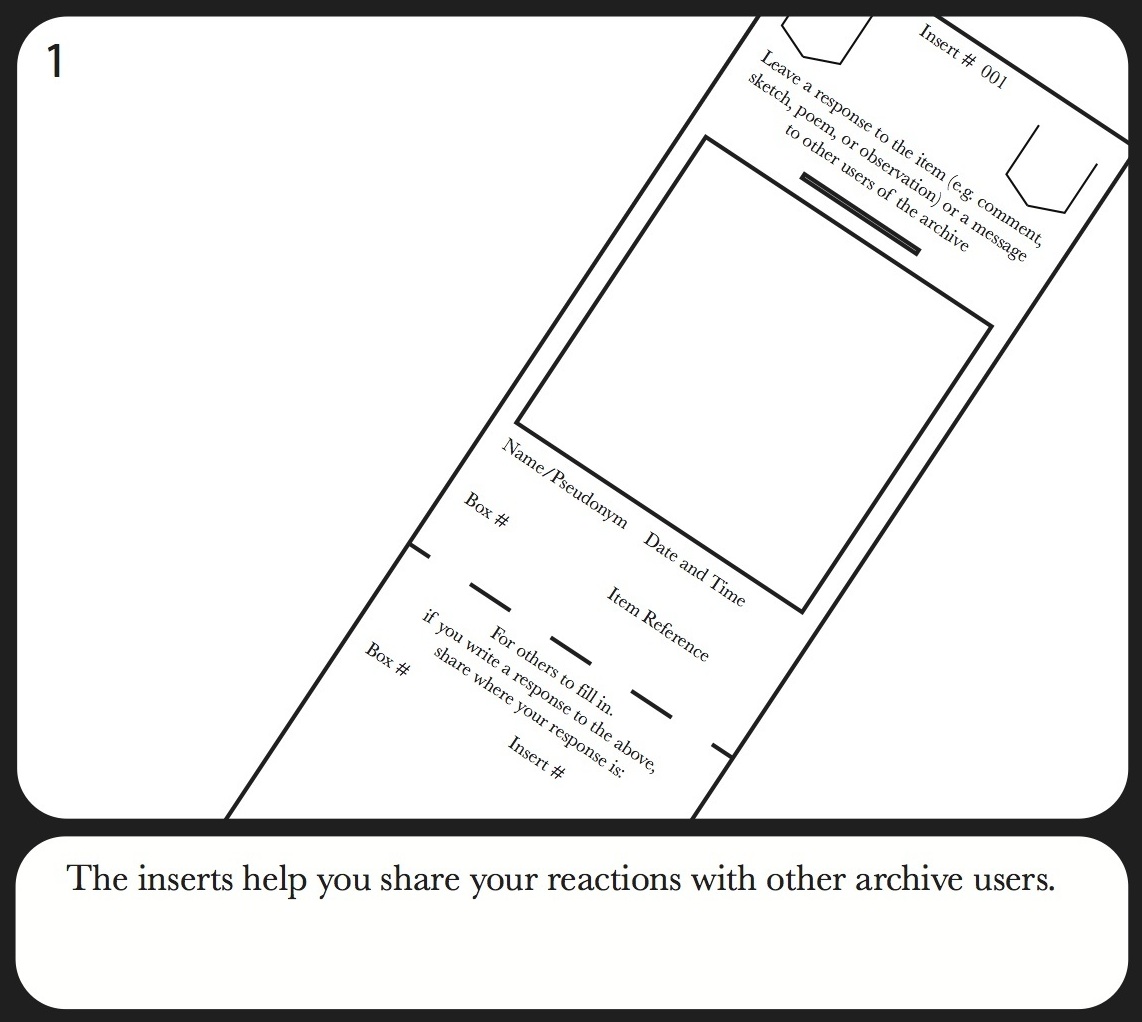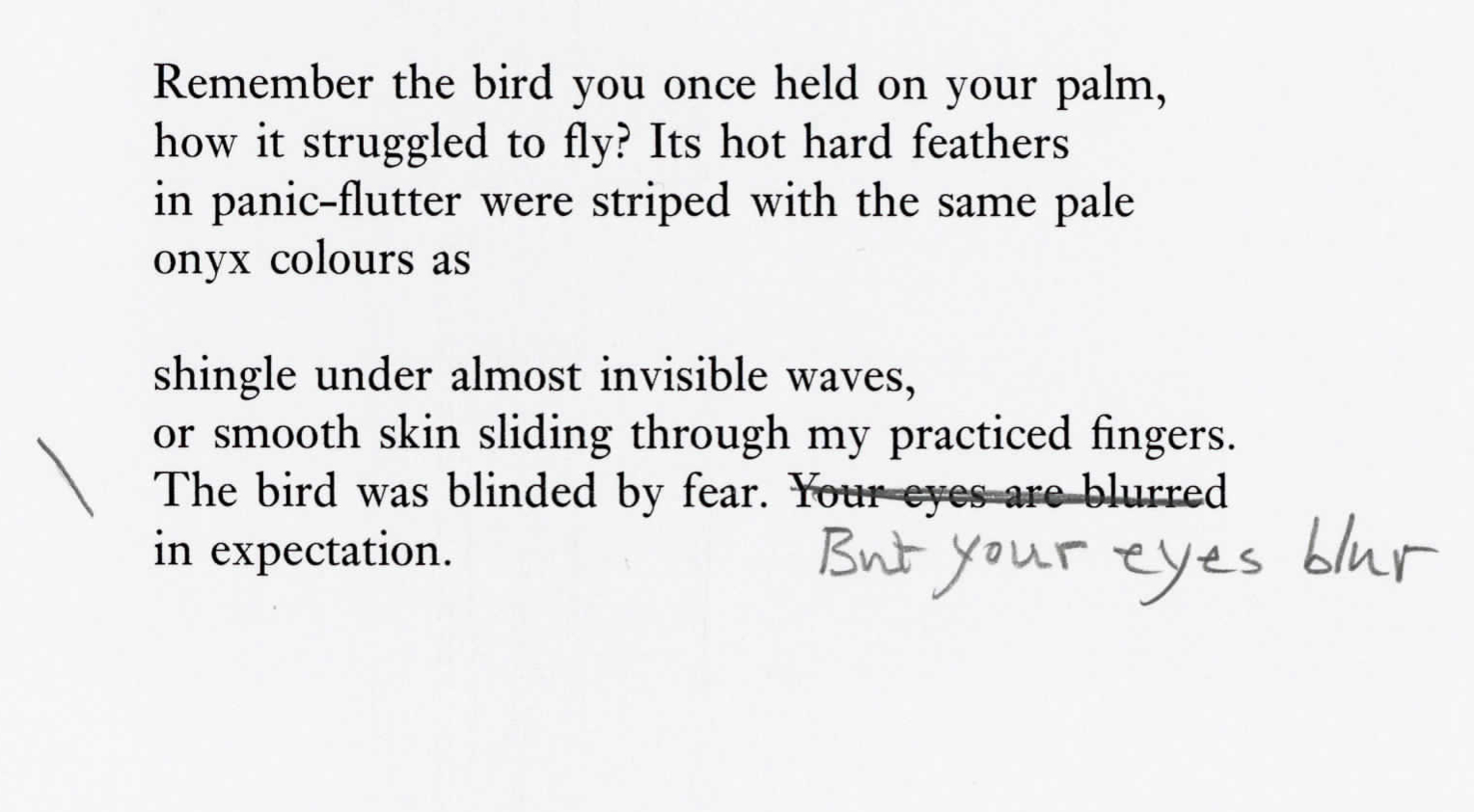Works Cited
Anderson 1994 Anderson, R.J., 1994. “Representations and Requirements : The Value of Ethnograph in
Systems Design”. Human-Computer
Interaction, 9, pp.151–182.
Bardzell 2013 Bardzell, J. & Bardzel, S.,
2013. “What is critical about critical design?” In
Proc. CHI 2013. ACM Press, pp.
3297–3306.
Bartindale and Oliver 2009 Bartindale, T.,
Hook, J. & Olivier, P., 2009. “Media Crate: tangible
live media production interface”. In
Proceedings
of the Third International Conference on Tangible and Embedded
Interaction. ACM Press, pp. 255–262. Available at:
http://dl.acm.org/citation.cfm?id=1517718 [Accessed August 18,
2014].
Bastian et al. 2009 Bastian, Mathieu, Sebastien
Heymann, and Mathieu Jacomy. “Gephi: an open source software
for exploring and manipulating networks.” ICWSM: 361-362.
Bowers 2012 Bowers, J., 2012. “The logic of annotated portfolios: communicating the value of ‘research
through design’”. In Designing
Interactive Systems. ACM, pp. 68–77.
Derrida 1995 Derrida, J., 1995. “Archive Fever: A Freudian Impression”. Diacritics, 25(2), pp.9–63.
Dooley 2013 Dooley, J.M. et al., 2013. Survey of Special Collections and Archives in the United
Kingdom and Ireland.
Dork 2011 Dörk, M., Carpendale, S. & Williamson,
C., 2011. “The information flaneur: A fresh look at
information seeking”. In
Proc. CHI 2011.
ACM Press, pp. 1215–1224. Available at:
http://dl.acm.org/citation.cfm?id=1979124 [Accessed August 18,
2014].
Dork 2014 Dörk, M., Comber, R. & Dade-Robertson,
M., 2014. “Monadic exploration: seeing the whole through its
parts”. In
Proc. CHI 2014. ACM Press,
pp. 1535–1544. Available at:
http://dl.acm.org/citation.cfm?id=2557083 [Accessed August 18,
2014].
Dourish and Bell 2012 Dourish, P. & Bell, G.,
2011. Divining a digital future: mess and mythology in
ubiquitous computing, MIT Press.
Drucker 2013 Drucker, J., 2013. “Performative Materiality and Theoretical Approaches to
Interface”. Digital Humanities
Quarterly, 7(1).
Feinberg, Carter, and Bullard 2014 Feinberg, M.,
Carter, D. & Bullard, J., 2014. “Always somewhere, never
there: using critical design to understand database interactions”. In
Proc. CHI 2014. ACM Press, pp. 1941–1950.
Available at:
http://dl.acm.org/citation.cfm?id=2557055 [Accessed August 18,
2014].
Frayling 1994 Frayling, C., 1994. “Research in Art and Design”. Royal
College of Art Research Papers, 1, pp.1–5.
Freeth, Bowers, and Hogg 2014 Freeth, B., Bowers,
J. & Hogg, B., 2014. “Musical meshworks: from networked
performance to cultures of exchange”. In
Proceedings of the 2014 conference on Designing interactive
systems. ACM Press, pp. 219–228. Available at:
http://dl.acm.org/citation.cfm?id=2598583 [Accessed August 18,
2014].
Gaver 2004 Gaver, W. et al., 2004. “Cultural Probes and the Value of Uncertainty”. Interactions, 11(5), pp.53–56.
Gaver 2007 Gaver, W. et al., 2007. “Enhancing Ubiquitous Computing with User Interpretation :
Field Testing the Home Health Horoscope”. In Proc. CHI 2007. ACM Press, pp. 537–546.
Gaver 2012 Gaver, W., 2012. “What Should We Expect From Research Through Design?” In Proc. CHI 2012. ACM Press, pp. 937–946.
Gurwitsch 1979 Gurwitsch, A., 1979. Human Encounters in the Social World, Pittsburgh:
Duquesne University Press.
Hedstrom 2002 Hedstrom, M., 2002. “Archives, Memory, and Interfaces with the Past”. Archival Science, 2, pp.21–43.
Hook 2013 Hook, J. et al., 2013. “Waves: exploring idiographic design for live
performance”. In
Proc. CHI 2013. ACM
Press. Available at:
http://dl.acm.org/citation.cfm?id=2481412 [Accessed August 18,
2014].
Hook, Schofield, and Taylor 2012 Hook, J.,
Schofield, G. & Taylor, R., 2012. “Exploring HCI ’s
Relationship with Liveness”. In
Proc. CHI
2012. ACM Press, pp. 2771–2774. Available at:
http://dl.acm.org/citation.cfm?id=2212717 [Accessed August 13,
2014].
Huvila 2008 Huvila, I., 2008. “Participatory archive: towards decentralised curation, radical user
orientation, and broader contextualisation of records management”.
Archival Science, 8(1), pp.15–36. Available at:
http://link.springer.com/10.1007/s10502-008-9071-0 [Accessed July 27,
2014].
ImageMagick ImageMagick, ImageMagick: Convert,
Edit, Or Compose Bitmap Images. Available at:
http://www.imagemagick.org/
[Accessed September 9, 2014].
Jacobs 2013 Jacobs, R. et al., 2013. “A conversation between trees: what data feels like in the
forest”. In Proc. CHI 2013. ACM Press,
pp. 129–138.
Kirschenbaum 2008 Kirschenbaum, M., 2008.
Mechanisms: New Media and the Forensic
Imagination, Cambridge, MT, USA: MIT Press.
Makeblock 2014 Makeblock, 2014. Makeblock-The
Real Aluminum Robot Kit. Available at:
https://www.makeblock.cc/ [Accessed September 22, 2014].
Mansfield 2014 Mansfield, T. et al., 2014.
Innovation Study : Challenges and
Opportunities.
Reeves, Benford, and Malley 2005 Reeves, S.,
Benford, S. & Malley, C.O., 2005. “Designing the
Spectator Experience”. In Proc. CHI
2005. Portland, Oregon: ACM Press, pp. 741–750.
Smith 2007 Smith, R., 2007. “An
Overview of the Tesseract OCR Engine”. In Proceedings of the Ninth International Conference on Document Analysis and
Recognition. pp. 629–633.
Smithsonian Design Museum Smithsonian Design
Museum, The Collection | Collection of Cooper Hewitt, Smithsonian Design Museum.
Available at:
https://collection.cooperhewitt.org/ [Accessed September 16,
2014].
Tanaka 2000 Tanaka, A., 2000. “Musical Performance Practice on Sensor-based Instruments”. Trends in Gestural Control of Music,
pp.389–406.
Taylor 2011 Taylor, R. et al., 2011. “Designing from within: Humanaquarium”. In Proc. CHI 2011. ACM Press, pp. 1855–1864.











